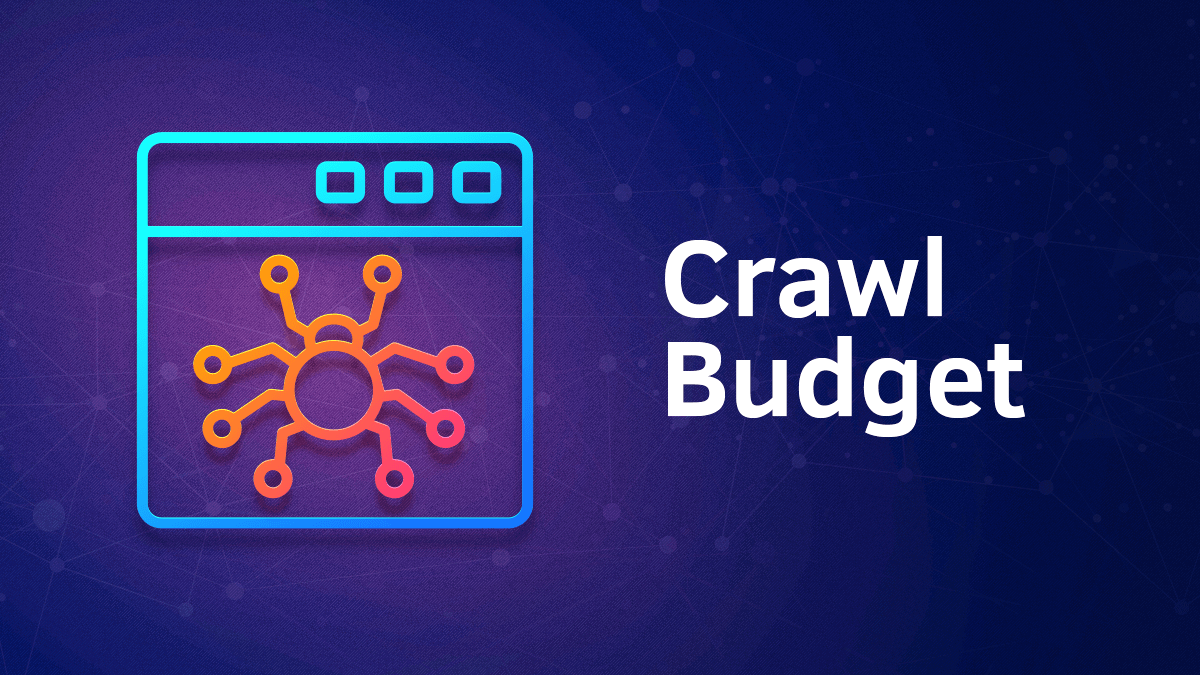- Katılım
- 10 Nisan 2025
- Mesajlar
- 710
- Reaksiyon puanı
- 81
- Konu Yazar
- #1

Introduction
In the world of SEO, especially for large websites, one often overlooked yet critical concept is Crawl Budget. It plays a direct role in how much of your website search engines like Google can discover and index. Understanding crawl budget can help ensure your most important pages are found and ranked efficiently.
What is Crawl Budget?
Crawl Budget refers to the number of URLs that a search engine’s crawler (e.g., Googlebot) is willing and able to crawl within a given time frame for a specific site. It is a combination of two main components:
1. Crawl Rate Limit
This defines how frequently a search engine can access your server without overloading it.
- If your server responds quickly and reliably, Googlebot may increase its crawl rate.
- If the server is slow or returns too many errors (like 5xx), the crawl rate is reduced to prevent disruption.
- The rate is dynamically adjusted based on server performance and load capacity.
2. Crawl Demand
This refers to how important or popular certain pages are, and how frequently they change.
- Frequently updated or popular pages have higher crawl demand.
- Pages with few or no backlinks, or that haven’t changed in a long time, may be crawled less often.
Google combines crawl rate and demand to determine how many and which URLs to crawl—this sum is effectively your site's crawl budget.
Why Crawl Budget Matters
Crawl budget becomes a key concern in sites with:
- Tens or hundreds of thousands of URLs
- Duplicate content or dynamically generated pages
- Infinite scroll or complex URL parameters
- E-commerce filters, paginations, or faceted navigation
If your site wastes crawl budget on non-important or low-quality pages, important content may be missed or delayed in indexing.
Best Practices to Optimize Crawl Budget
- Fix Crawl Errors:
Use tools like Google Search Console to monitor and resolve 404s, 500s, and DNS issues. - Improve Site Speed:
Faster response times encourage Googlebot to crawl more pages in less time. - Use Robots.txt Wisely:
Block unnecessary or duplicate paths (e.g., admin panels, search result pages). - Reduce Duplicate Content:
Canonical tags, noindex meta, and sitemap optimization help reduce crawl waste. - Maintain a Clean Internal Linking Structure:
Ensure important pages are easily discoverable via links. - Submit XML Sitemaps:
Keep them updated and accurate to help guide crawlers to key URLs.
Tools for Monitoring Crawl Budget
- Google Search Console (Crawl Stats report)
- Server logs analysis (to see how bots interact with your site)
- Screaming Frog, Sitebulb, or other SEO crawlers
Conclusion
Crawl budget optimization is not about manipulating search engines—it's about helping them help you. By ensuring your site is technically sound, fast, and well-structured, you make it easier for crawlers to index the right content. For large-scale websites, this can significantly improve SEO performance and visibility.
